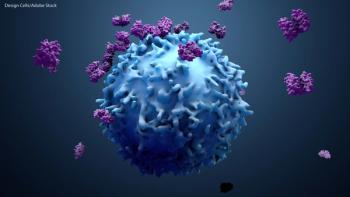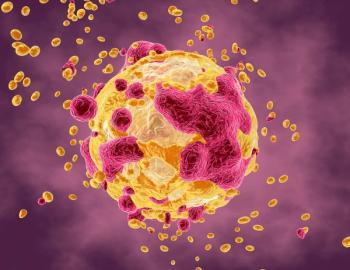
Oncology NEWS International
- Oncology NEWS International Vol 10 No 8
- Volume 10
- Issue 8
Radioprotectants May Extend Use of Combined Chemotherapy and Radiation
ST. CROIX-The discovery that radioprotectants can be used in some settings to protect normal tissues from radiation damage promises to greatly extend the usefulness of regimens that combine systemic chemotherapy and radiation therapy. The First Investigators’ Congress on Radioprotection, held June 7 to 10, 2001 served as a forum to review current progress and discuss new developments in strategies for radioprotection.
ST. CROIXThe discovery that radioprotectants can be used in some settings to protect normal tissues from radiation damage promises to greatly extend the usefulness of regimens that combine systemic chemotherapy and radiation therapy. The First Investigators’ Congress on Radioprotection, held June 7 to 10, 2001 served as a forum to review current progress and discuss new developments in strategies for radioprotection.
Substantive sessions focused on head and neck cancer, thoracic cancer, and genitourinary and gastrointestinal cancers.
"The combined effects of systemic therapy and radiotherapy on normal tissue often are the therapy-limiting toxicities. What we learn about radioprotection also applies to protection of normal tissues from combined-modality therapy," program chairman Walter J. Curran, Jr., MD, stated.
"What might become the standard of care over the next few years might be quite different from what it was when these issues of normal tissue protection were first brought up. The therapies for these diseases will be different, and the paradigms of normal tissue protection will be different as well." Dr. Curran is professor and chairman, Department of Radiation Oncology, Thomas Jefferson University Hospital, and clinical director of the Kimmel Cancer Center of Jefferson Medical Center, Philadelphia.
A major concern raised at the meeting was the need for standardized and validated toxicity criteria. "Some of the normal tissue toxicity criteria that are being widely applied have not given adequate attention to toxicities associated with local-regional toxicities," Dr. Curran said.
Articles in this issue
Newsletter
Stay up to date on recent advances in the multidisciplinary approach to cancer.


















































































